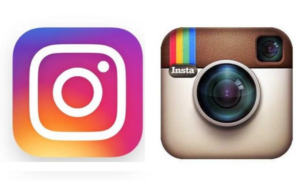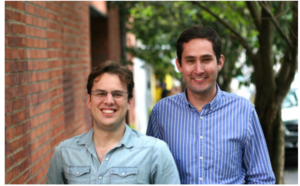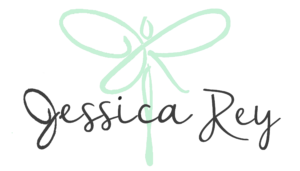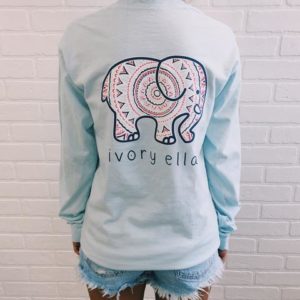 Instagram… something that the vast majority of young people today are more than familiar with. However, not many people know about the founders of Instagram or the early days of Burbn which became the photo sharing app that is known and loved today. Kevin Systrom originally created an app that resembled Foursquare however it differentiated itself by using text messages and photos. With some funding and the new addition of partner Mike Kreiger, Systrom was on his way to creating something unique and totally unexpected in the world of social media.
Instagram… something that the vast majority of young people today are more than familiar with. However, not many people know about the founders of Instagram or the early days of Burbn which became the photo sharing app that is known and loved today. Kevin Systrom originally created an app that resembled Foursquare however it differentiated itself by using text messages and photos. With some funding and the new addition of partner Mike Kreiger, Systrom was on his way to creating something unique and totally unexpected in the world of social media.
The two men realized that mobile photos were an area that held interest and promise. They took what they liked from Burbn, shared photos with comment and like capabilities, and crafted that into a brand new app, Instagram. After weeks and months of creating a name and developing the app, on October 6, 2010, Instagram was released to the public. Within hours, 10,000 users were counted. Today, Instagram is bustling social media platform with over 400 million users and 95 million photos uploaded per day. A mere one and half years after its successful release, in April 2012 Facebook acquired the company for one billion dollars, making Systrom and Kreiger instant millionaires. Although Instagram is no longer owned and operated by its original founders, the app retains its unique perspective on sharing as well as its popularity. Systrom and Kreiger are examples of entrepreneurs who partnered together and used the strengths of each man, along with existing product inspiration, to create an app in a niche area that remains wildly popular today.












